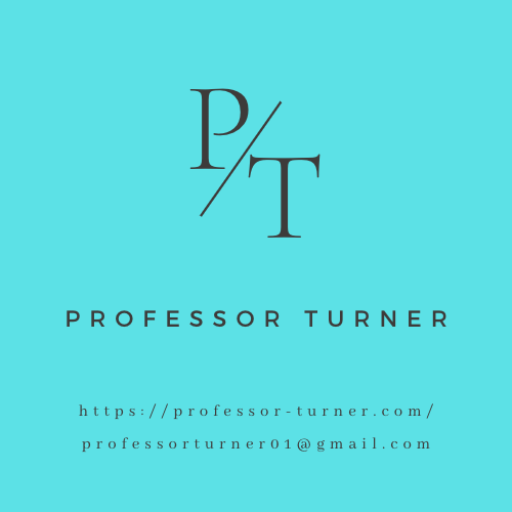Discussion
A poor Discussion detracts from a scientific paper. A good Discussion adds a strong finish to a scientific paper.
(Annesley, 2010, p. 1671)
The Discussion section tells the readers what the results mean and how they are related to the initial problem or phenomenon.
(Turner, 2019, p. 8)
The Discussion is your opportunity to evaluate and interpret the results of your study or paper, draw inferences and conclusions from it, and communicate its contributions to science and/or society.
Discussion
The Discussion section provides the opportunity to interpret the novely and transferability of the findings, both for the readers and for furure research directions.
(Goldberg & Allen, 2015, p. 15)
APA Requirements
At a minimum, the Discussion section should provide the following:
Evaluate and interpret their implications, especially with respect to your original hypotheses. Here you will examine, interpret, and qualify the results and draw inferences and conclusions from them. Emphasize any theoretical or practical consequences of the results.
(APA, 2010, p., 35)
What Do the Results Mean?
Purpose
The purpose of the Discussion section is to explain what your results mean and what contribution your paper makes to the field of study.
(Annesley, 2010, p. 1671)
General Components of a Discussion Section
- Statement of pricnipal findings
- Strenghts and weaknesses of the study
- Strengths and weaiknesses in relation to other studies, discussing particularly any differences in results
- Meaning of the study: possible mechanisms and implications for clinicians or policymakers
- Unanswered questions and future research
(Skelton & Edwards, 2000, p. 1269)
Q1. What is the purpose of the Discussion?
The purpose of the Discussion section is to explain what your results mean and what contribution your paper makes to the field of study.
(Annesley, 2010, 1674)
Q2. How are the formats of the Discussion and Introduction different?
The Introduction presents information from broad to narrow (from the larger picture to the specific question). The Discussion presents information from narrow to broad (from the answer to a specific question to the larger picture).
(Annesley, 2010, 1674)
Q3. Name 3 types of information that should be included in the Discusison.
The Discussion section should include:
- The answer to the question
- How the answer is supported by the results
- How the results are supported by other studies
- How the results support other studies
- How the results differ from other studies
- Any limitations to the study
- Any alternative explanations for the results
(Annesley, 2010, 1674)
Q4. What is a good way to end the Discussion?
Restate the answer one last time, and/or indicate the importance of the work by stating implications, applications, or recommendations.
(Annesley, 2010, 1674)
Recommendations for Writing a Discussion Seciton
- Start the discussion with the conclusion your design and results unambiguously allow
- Mention the conclusion(s) that researchers would like to draw
- Specify all assumptions to interprete the observed result in the desired (causal) way
- Otherwise avoid causal language
- Reflect critically on how deviations from the assumptions would have influenced the results
- Comment on all main types of bias and the inferential consequences they putatively have
- Propose a specific study design that requires less and weaker assumptions for a conclusion
- Don’t mistake the absence of evidence as evidence for absense
- Strictly distinguish between discussin pre-specified hypotheses and newly proposed hypotheses from post-hoc analyses
- Do not over-interpret small findings. Statistical significance should not be mis-interpreted as practical significance
- Avoid claims that are not statistically well-founded.
(Hofler et al., 2018)
Summarizing Results
- The purpose of this study was to gain a better understanding of…
- The results of the present study support the hypothesis that…
- The results of this research provide supporting evidence that…
- There are three key findings of the present research. First… Second… Third…
Link Findings to Previous Studies
- This pattern of results is consistent with the previous literature… (citation).
- These results are consistent with the claim that…
- The present results are consistent with Author et al.’s (year) work that deals with…
- Whereas past researchers have found… (citation; citation; citation), the present study has shown…
- These results represent the first direct demonstration of…
